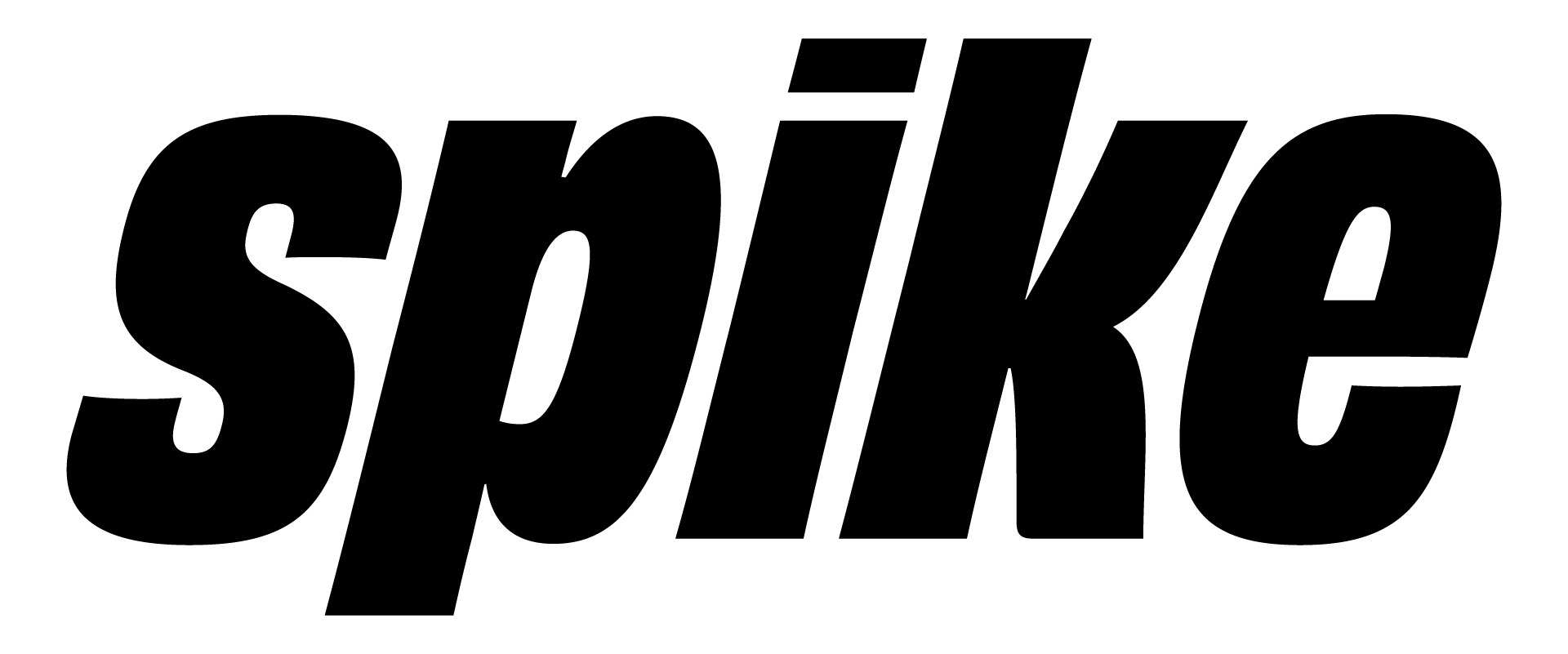Barclays is ordering roughly 8,500 iPads for front-office staff in its 1,600 branches - an average of five per branch - in one of the largest uses so far of Apple's tablets in an enterprise, and one of its first in a UK high street bank. It also marks a key shift for Apple: the deployment by a giant high street name suggests that it has now become a contender for enterprise contracts in a way that it never could have even a few years ago.
The iPad beat a number of other tablet contenders based on "colleague and customer feedback", though Barclays would not specify which rivals were used in testing. The contract was first revealed by The Register on Friday. It follows pilot testing by senior Barclays staff in 2011, and a limited rollout to "selected groups of staff" earlier this year, as revealed by Computing in February.
At that time Barclays retail chief operating officer Shaygan Kheradpir, who is behind the new contract, said that the plan had begun with "pockets of implementation" supplying different smartphones and tablets. But he said that senior staff had been impressed with the "instant-on" nature of the iPad - then in its second generation - and the rear-mounted cameras: "The camera on the iPad 2 is better than most scanners. It can upload the file directly to the internal cloud. You can secure it and tag it and off it goes. Why have paper and a scanner?"
But a key concern was security, as it will always be with banks: "My iPad is fully secure," he told Computing. "I have an internal app store we deployed with Mobile Iron and there is heavy mobile device management on it. It knows where it is, and what networks it is allowed to attach to. We also use encryption from Good Technologies, which we deploy as an app."
A key use for the devices now being deployed will be by front-office staff, who will be able to use apps including one called "Mortgage Brain" - used to show mortgages to potential mortgagees, or more often customers waiting in line.
Source: The Guardian







